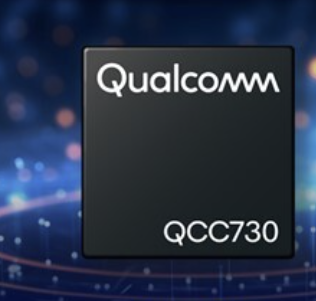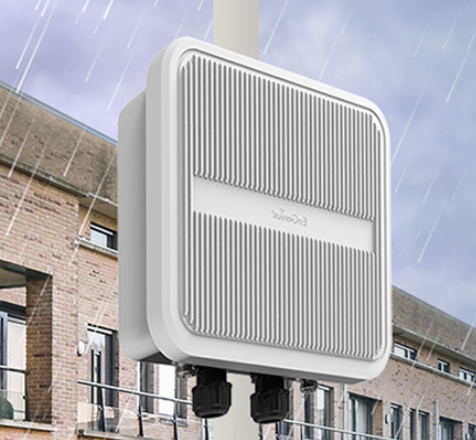 By Claus Hetting, Wi-Fi NOW CEO & Chairman
By Claus Hetting, Wi-Fi NOW CEO & Chairman
The German regulator Bundesnetzagentur last week became the first regulator in Europe to permit lower 6 GHz operation for Wi-Fi. The German regulatory decision follows the European Commission’s EU-wide overarching decision on opening up the 5945 – 6425 MHz band to Wi-Fi and other WLAN technologies late last month.
As of last week – on July 14th to be specific – lower-band 6 GHz Wi-Fi operation is permitted in Germany. The German regulator Bundesnetzagentur published the formal announcement here and thus becomes the first country in Europe to open up the 6 GHz band to Wi-Fi. The President of the Bundesnetzagentur Jochen Homann says that Germany is almost doubling the available spectrum for WLAN and that the decision will drive further digitisation and innovation.
The German announcement follows the European Commission’s announcement on June 30th on releasing 480 MHz of new spectrum in the 6 GHz band. The EU’s decision is binding for all member states and local regulation reflecting the EC’s decision must be written into law by individual EU members states by December 1st.
The FCC spearheaded the global drive to release 6 GHz to Wi-Fi in April of last year and since then an increasing number of countries – including Korea, Brazil, Saudi Arabia, and many others – have followed the US’s lead in releasing the full 1.2 GHz of 6 GHz spectrum to Wi-Fi. Unfortunately, Europe still lags far behind in possibly releasing the remaining (upper) parts of the 6 GHz band.
Enjoying this story?
Leave your email here and we'll get you all the latest Wi-Fi news.
As a consequence, Europe will likely lag the US and other countries significantly in enabling for example the gigabit-connected smart home, school, and enterprise. The European relative lack of Wi-Fi spectrum will in particular impact European productivity and innovation once the next Wi-Fi standard (Wi-Fi 7) hits the markets, which is expected to happen 2-3 years from now. Wi-Fi 7 will enable much higher data rates with very low latency using 320 MHz channels.
Already today German consumers and businesses will benefit from an existing ecosystem of equipment and devices supporting 6 GHz Wi-Fi (Wi-Fi 6E) including for example the first 6 GHz-capable enterprise-grade Wi-Fi access point released by Aruba/HPE in May, Wi-Fi 6E-capable phones by Samsung, and new Wi-Fi 6E home mesh systems.
/Claus.









